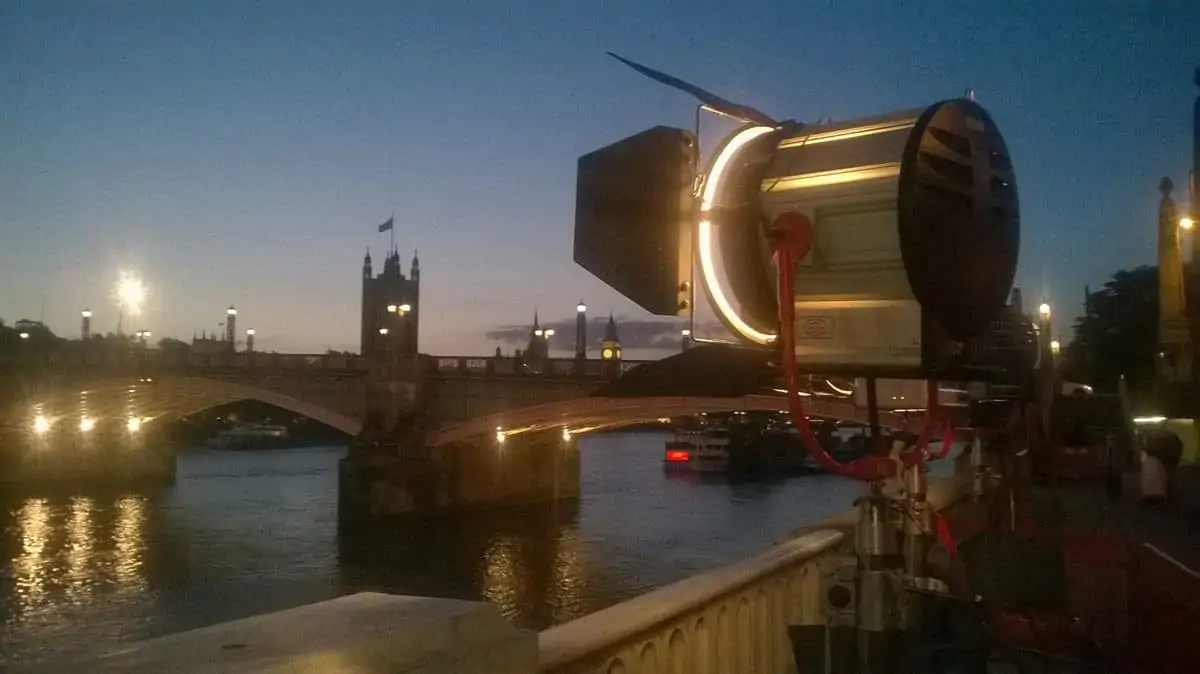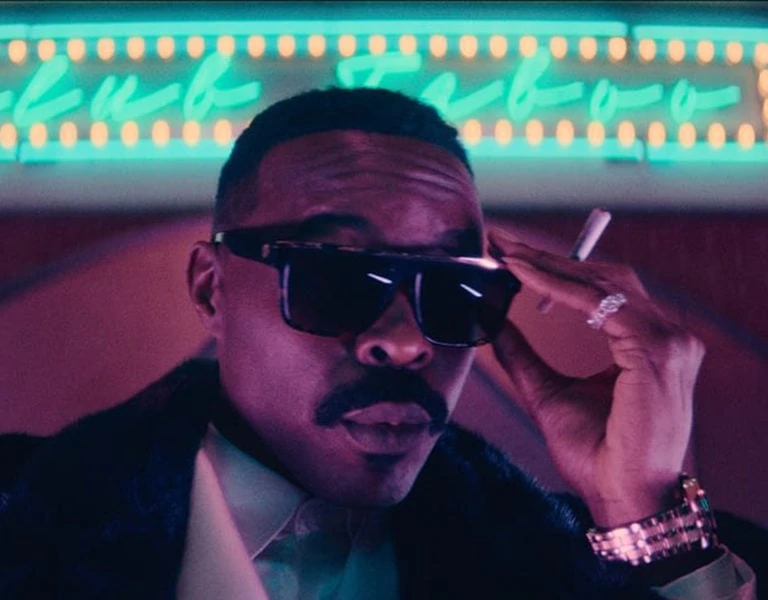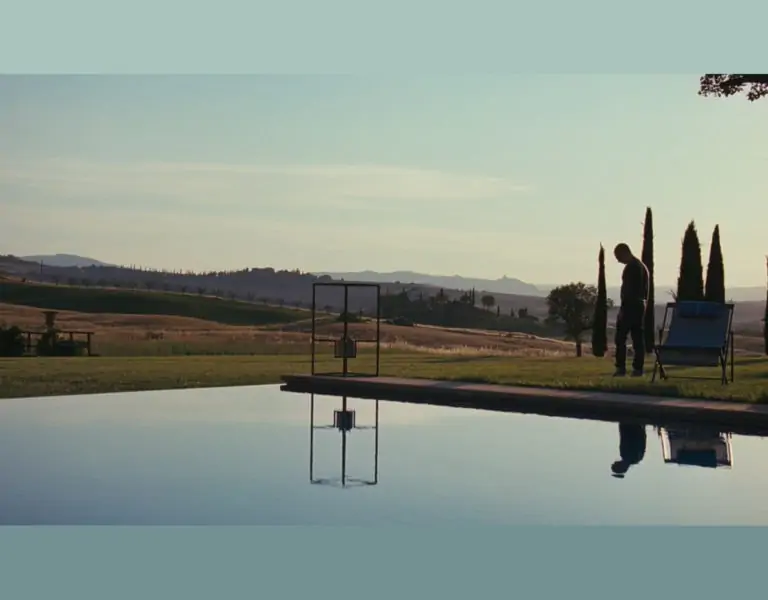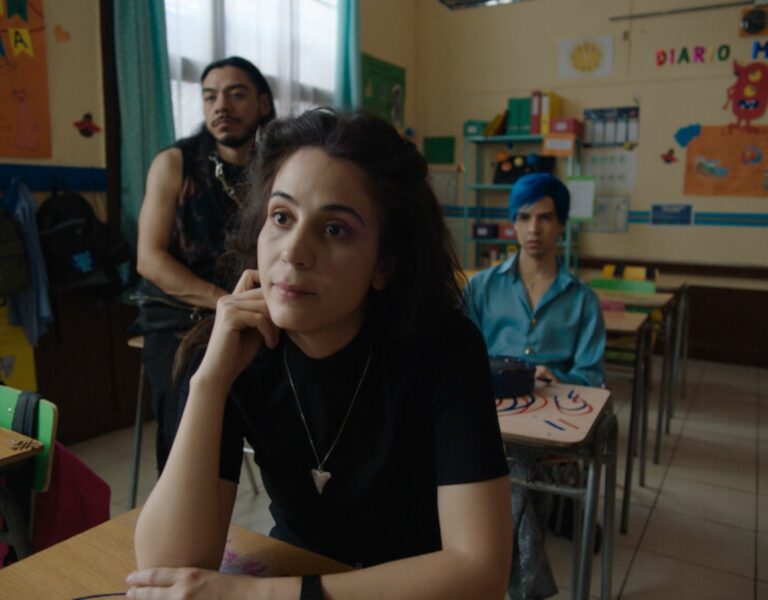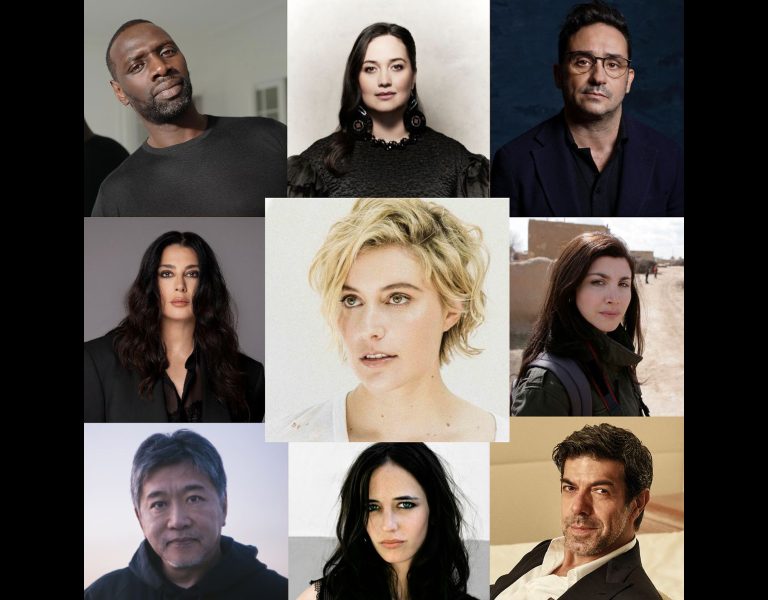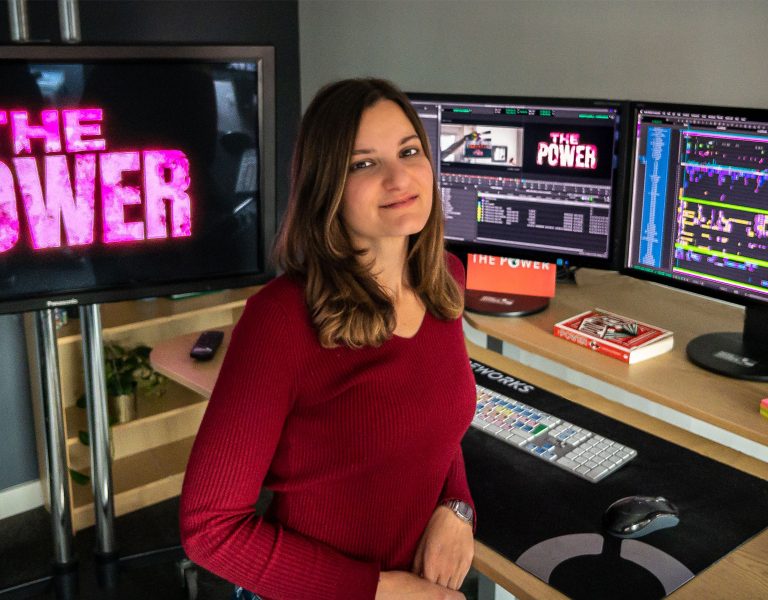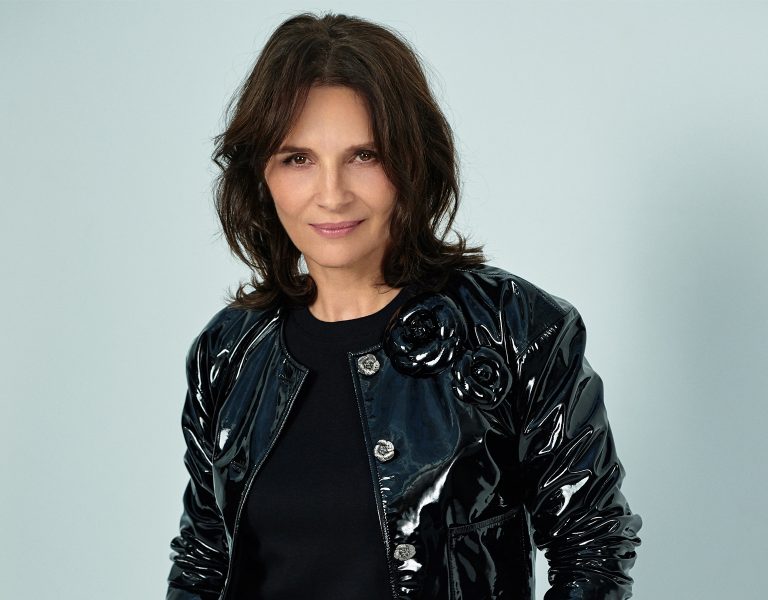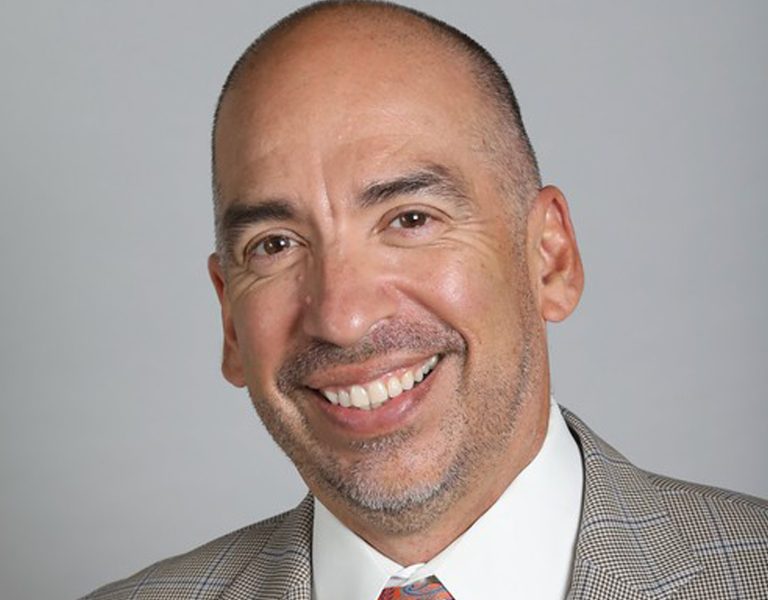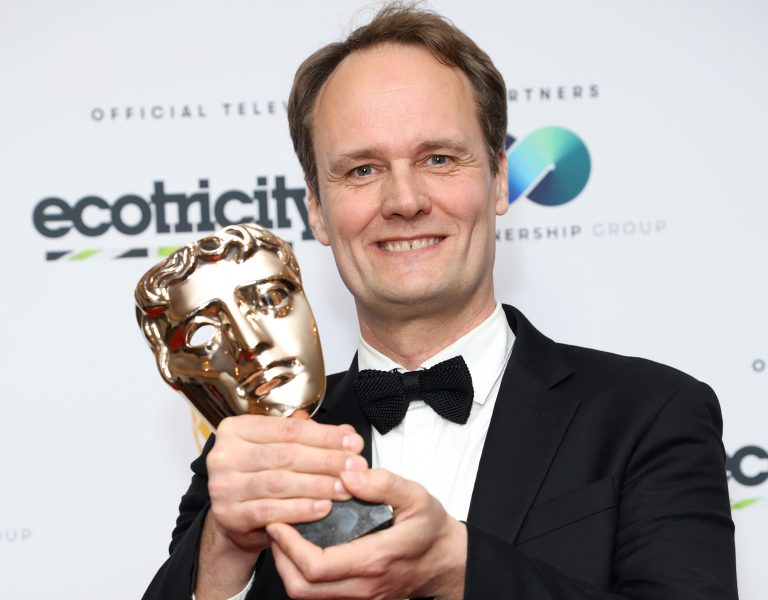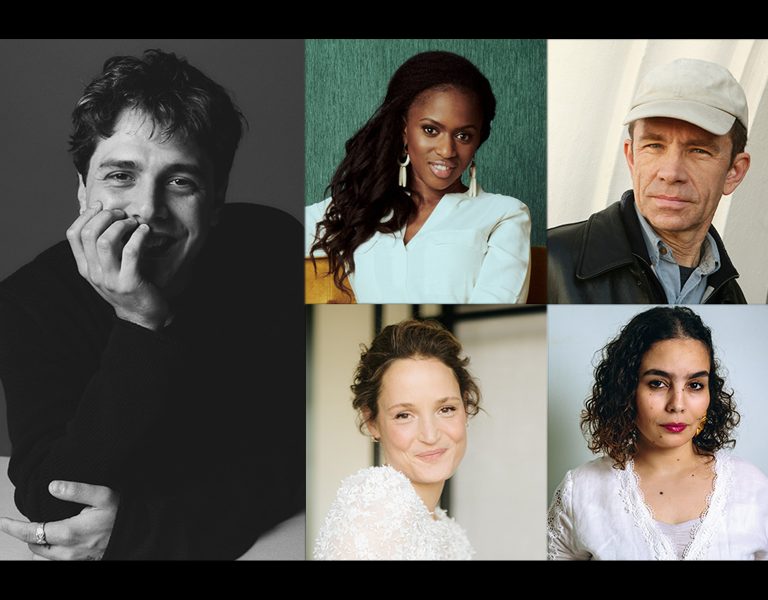
In 2022, Sky commissioned Naked, a Fremantle label, to make The Unofficial Science of Home Alone. This was a fun project to be director of photography on as it called for a crossover between shooting some straight TV entertainment content and recreating some drama elements mimicking scenes from well-known films Home Alone, Die Hard and Indiana Jones.
The format challenged its presenters, the comedians, James Acaster and Guz Khan, to tackle and survive the stunts of one the world’s most popular films. A Home Alone inspired house was built in a studio in Elstree and the scientist Zoe Laughlin was enlisted to show how the guys might survive the stunts. The show included VTs of fans discussing the film plus interviews with cast and crew by super fan and presenter Alex Brooker. It culminates in the presenters running the gauntlet of performing the stunts themselves.
The success of that show led to two new shows being commissioned, this time based on the stunts of Die Hard and Indiana Jones. Both these shows have recently finished shooting in Sky’s new Studios in Elstree with The Unofficial Science of ….Die Hard due for release this Christmas.
To recreate the settings of those iconic films, Naked enlisted art director Stephen Bryce, who worked closely with executive producer Gregor Lauder and series director Alex Hartman to design sets that gave the viewer a sense of the environment of those films, while allowing space for the stunt recreations. For Die Hard the top of a Nakatomi Plaza style skyscraper was built with a translite providing the LA skyline backdrop. For Indiana Jones, sets were built to incorporate the infamous boulder roll, the mine cart run, a sinking sand pit and a deep pit laden with sharpened spikes that needed traversing.
My role as DP was to deliver a show that incorporated the chatty set up of a TV studio followed by loose recreations of scenes from the films. Before becoming a DP I was a clapper loader on feature films and dramas in the days of film. At that time there was a very clear division between TV and film, especially when it came to kit and crew. Over the years those lines have become much more blurred with large format cameras and prime lenses becoming very much the norm when shooting television, whether it be reality shows or light entertainment. Nowadays, TV cameramen and women have become familiar with the cameras and lenses used by cinematographers making films and dramas and invariably choose to use the same tools allowing the capture of better images. That’s a process that’s only taken hold in the last 15 to 20 years.
We shot on three Alexa minis. In these shows most airtime is taken up with our presenters discussing and evaluating the stunts they are preparing to do. These include practical demos of the stunts to show the full impact of say, jumping from a building with a fire hose wrapped around your waist. For these scenes we kept steady using two osprey dollies and a jib for capturing conversation and ease of repositioning. We shot on Canon CN zooms (two x CN8 and one x CN 10). In the Home Alone show I had tried to soften the CN lenses with Glimmer Glass filters – a trick I do when mixing the sharper lenses with filmic lenses on multicam music shoots but having seen the finished show I decided it was better to go clean for the next two shows. They are great TV lenses as they are. Lighting wise we looked to keep as much of the ‘table’ chat well-lit in the context of the set, that is keeping a high level of key light for the presenters. This was simple for the Home Alone and Die Hard shoot where the chat was generally kept to one location but became more complicated with Indiana Jones which required us to set up and discuss each stunt in situ. Without a prelight it meant thinking on our feet with last minute set ups the order of the day.
When it came to the gauntlet, scenes where the presenters tackled the stunts, we jumped into handheld mode and shot on lenses that best replicated those from the original films. Delivery was only HD but we shot the gauntlet scenes in higher res to allow for better grading and a little more flexibility in post. Home Alone was shot on Zeiss super speeds with a 1.85:1 frame while both Die Hard and Indiana Jones were shot on Panavision C series anamorphics. Super speeds weren’t a problem to get hold of but to be more cost effective we rented in a set of anamorphic Kowas that came from One Stop films rather than Panavision’s C Series for the other 2 shows. These felt like they were close to replicating the obvious flare and distortions of the lenses used in the original films. If you look at Die Hard, it’s full of extreme flares and distorted edges.
Lighting wise on the gauntlets we went much darker using stills from the original films as references. As the sets were large in scale I relied on my gaffer Joe Hissey and his experience on dramas to get us set up for all eventualities. Joe works in a very disciplined way and likes to run everything through a desk which seems to be more of the norm these days and not something I’m used to. There were a lot of practicals to be on top of which made the board invaluable, although I have to admit to getting frustrated at times when I just wanted to run a light in and flick it on without having to wait for it to be programmed, a way of working I’m more used to. All in all though this allowed for a smooth running of all light levels around the set and served us well when quick changes to set ups needed to happen. At one point the studio suffered a power cut during filming but as we were working to low light conditions we managed to carry on with our battery run LED lights.
The shows had everything from stunts to explosions. Some scenes we shot on a Phantom to capture action at 1500 fps which presented its own challenges when it came to light levels. Die Hard in particular required some big stunt sequences with plenty of rehearsal time. Lighting for this was more contained and therefore a little more simplistic whereas we had a lot more variable set ups for Indiana Jones very often shooting against a backdrop of camouflage netting which sucked up the light.
In some of the Indiana Jones scenes we helped ourselves by giving presenters lamps to carry, to at least bring relatable sources to the frame.
These jobs have been fascinating and fun projects to be on. I’m pleased with how we recreated the look from the original pictures. Switching to the more filmic lenses and going handheld changed the energy and intensity in a very positive way for myself and 2nd op Sam Keogh, leaving us excited to shoot more drama.
Thanks to the team of sparks for their good natured professionalism and the camera assistants led by the very able Steven Fairman for their great support.
–
Catch The Unofficial Science of Die Hard on December 23rd and The Unofficial Science of Indiana Jones on 1st January 2024 both on Sky Max.
Words: Dax Debice

